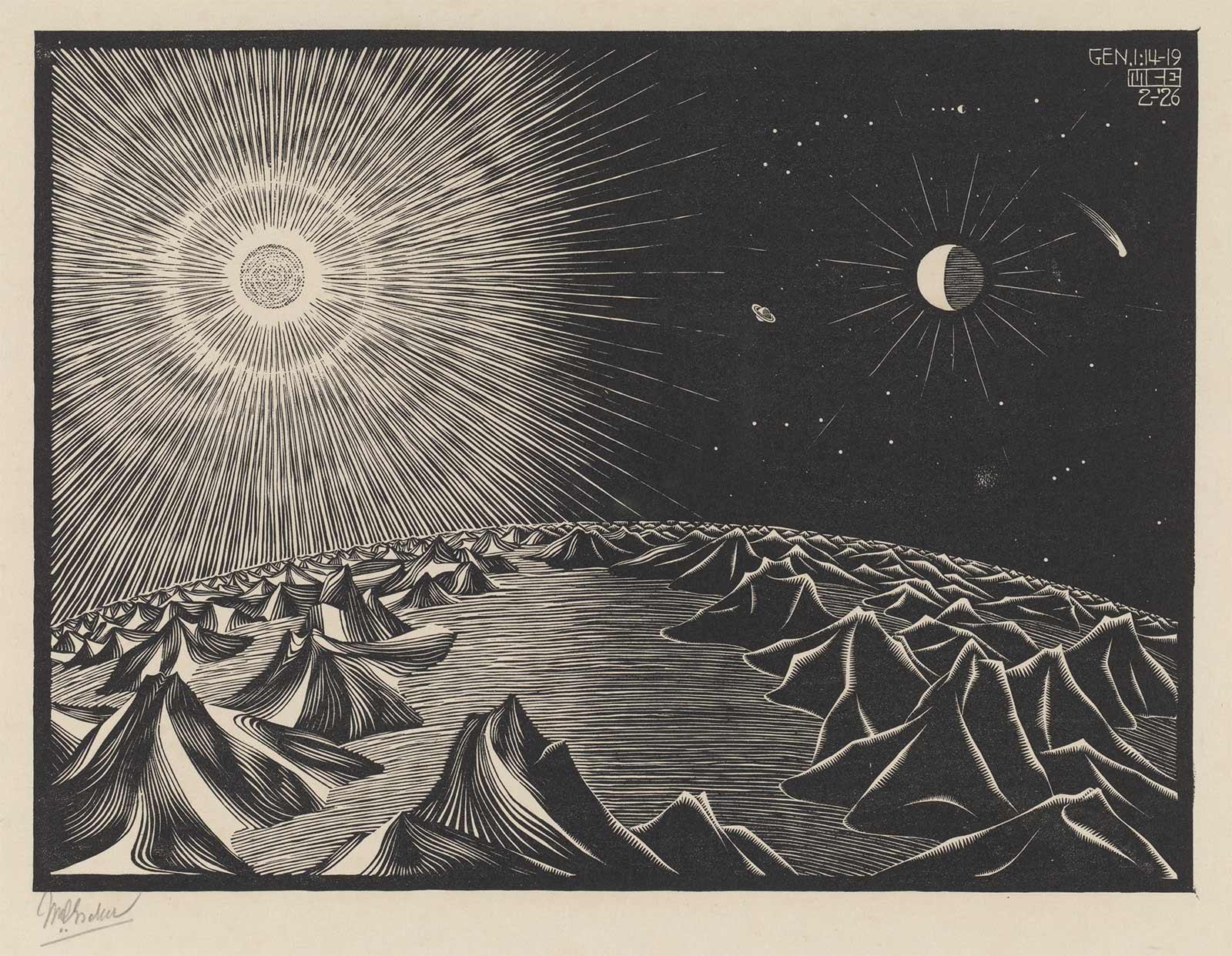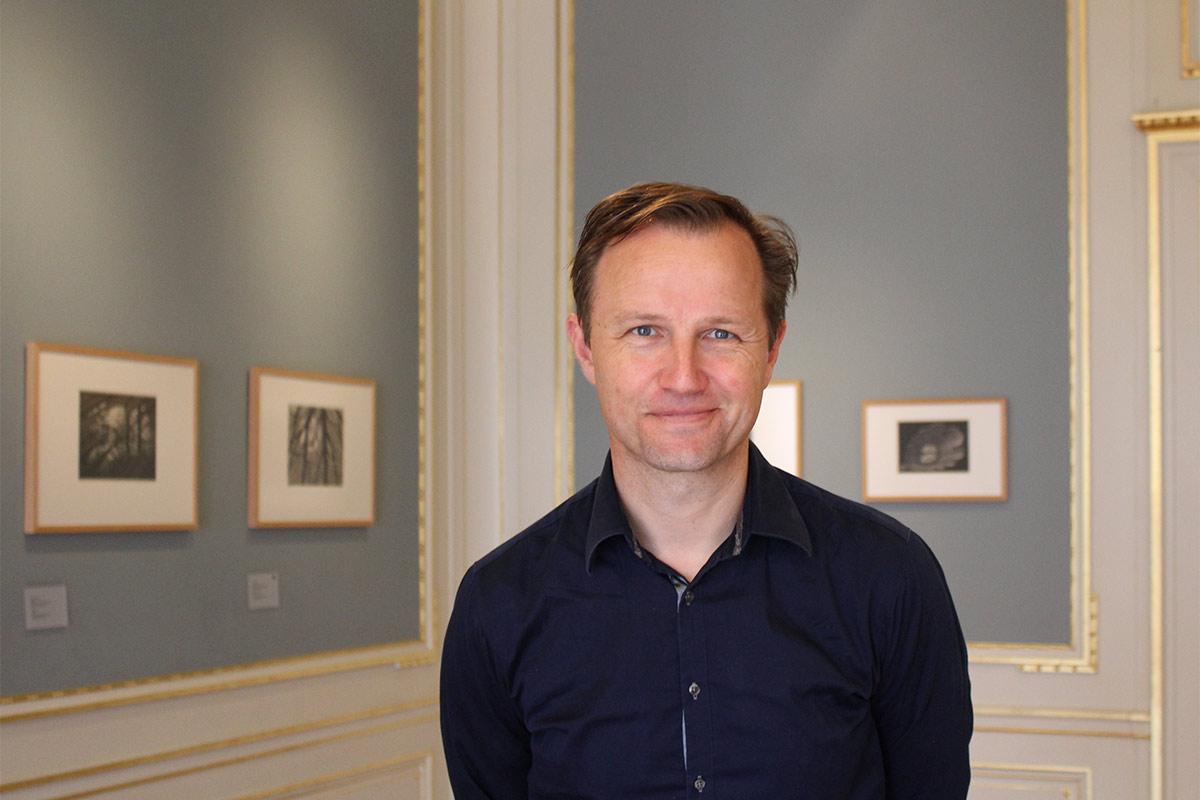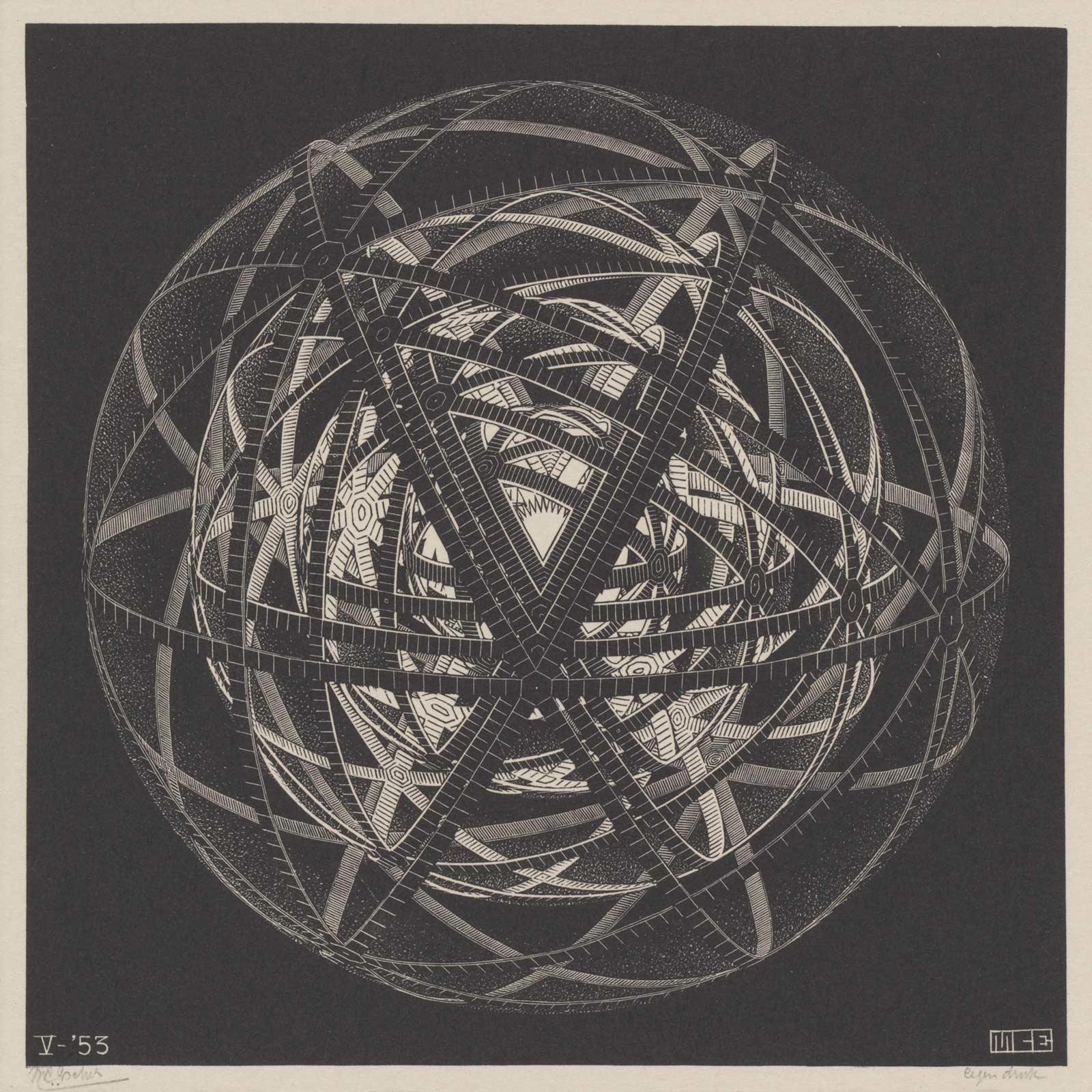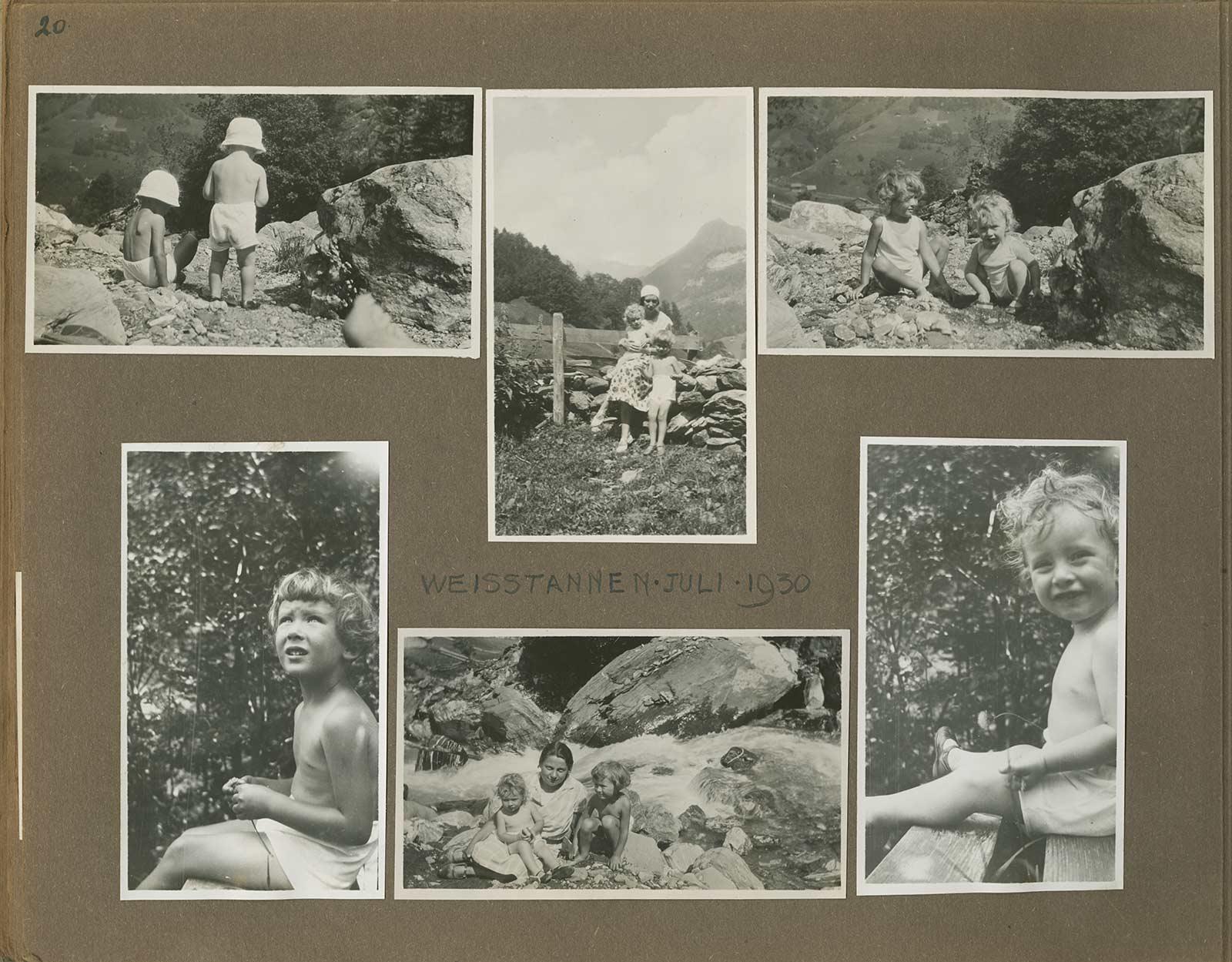

Today is International Left-handers’ Day. A day on which M.C. Escher, as a left-hander, cannot go unmentioned. This event was created to draw attention to the inconveniences that left-handed people encounter. It was first held on 13 August 1976. On a Friday, which was a conscious choice.
Escher’s left-handedness was dealt with heavy-handedly at school. He was forced to write and draw right-handed. This was standard practice at the time. Although those corrections hardly had any effect, he later learnt to use his right hand just as well as his left one. Being ambidextrous brought him an advantage in his artistry.
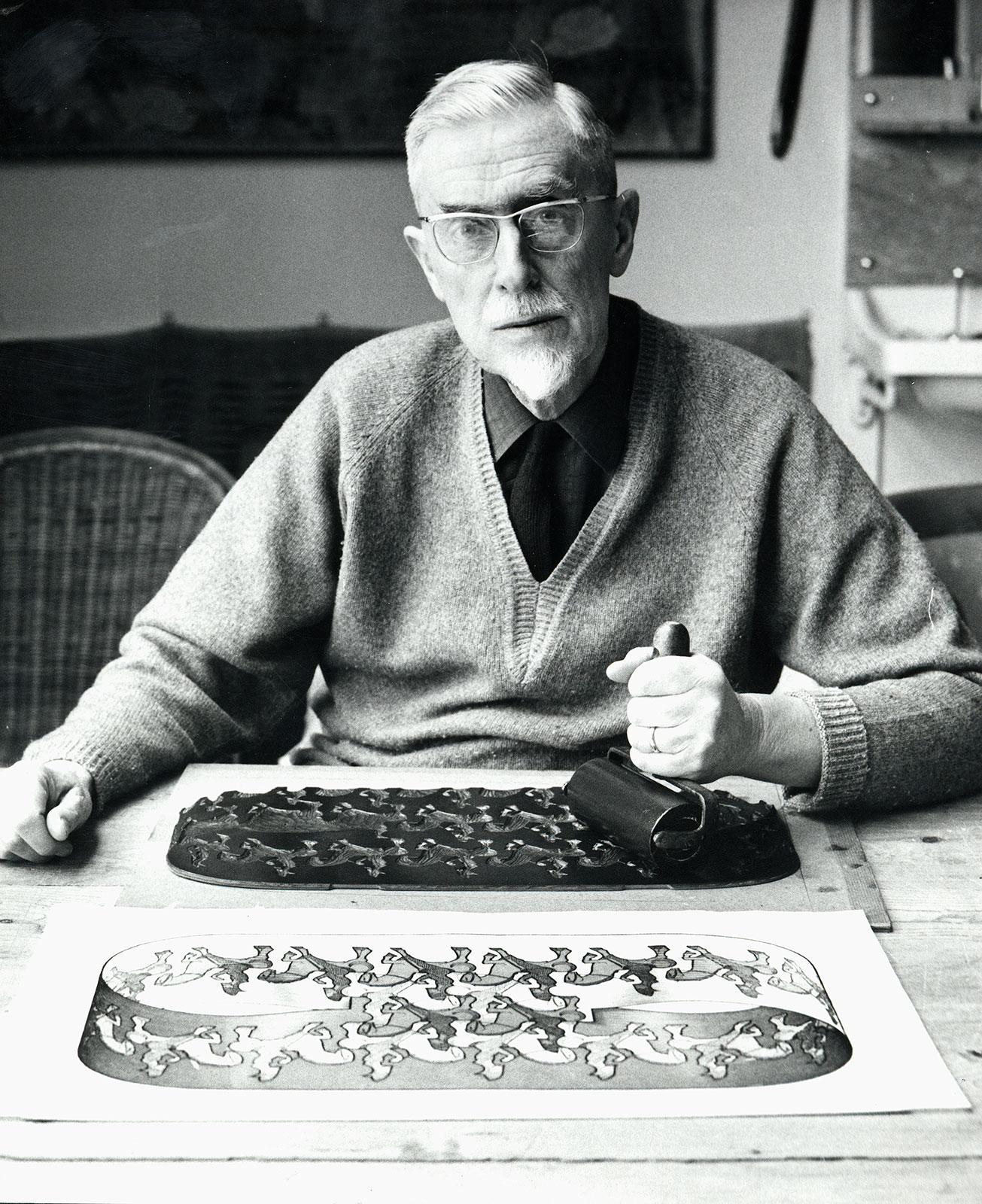
Escher saw his left-handedness mainly as a fascinating phenomenon rather than as something problematic. Not so much because of famous predecessors such as Michelangelo, Leonardo da Vinci, Holbein, Picasso, Toulouse-Lautrec and Rubens, but because of the theories surrounding it. For example, the left hand was supposedly better suited to sensory work. It was also thought that using that hand attracted people. For example, in 1952 he wrote to his former art teacher in Arnhem, F.W. van der Haagen:
‘I did at least experience this repeatedly when I was drawing outside in Italy. The curiosity of the people who usually gathered around me to watch was fuelled far more by my left-handedness than by the image being created on my drawing paper’.*
In the letter he responded to an article on left-handedness that Van der Haagen had sent him:
‘I was particularly struck by the suggestion that left-handed people might be more inclined to draw than to paint; in other words, that form might be more important to them than colour. From my own perspective, this is perfectly true. I was exclusively left-handed from my earliest childhood (at primary school I found learning to write with my right hand extremely difficult; I would probably have managed to write in mirror image with my left hand far more easily and naturally), and the fact that my feel for form is greater than my feel for colour may also have resulted in me becoming a graphic artist rather than a painter’.
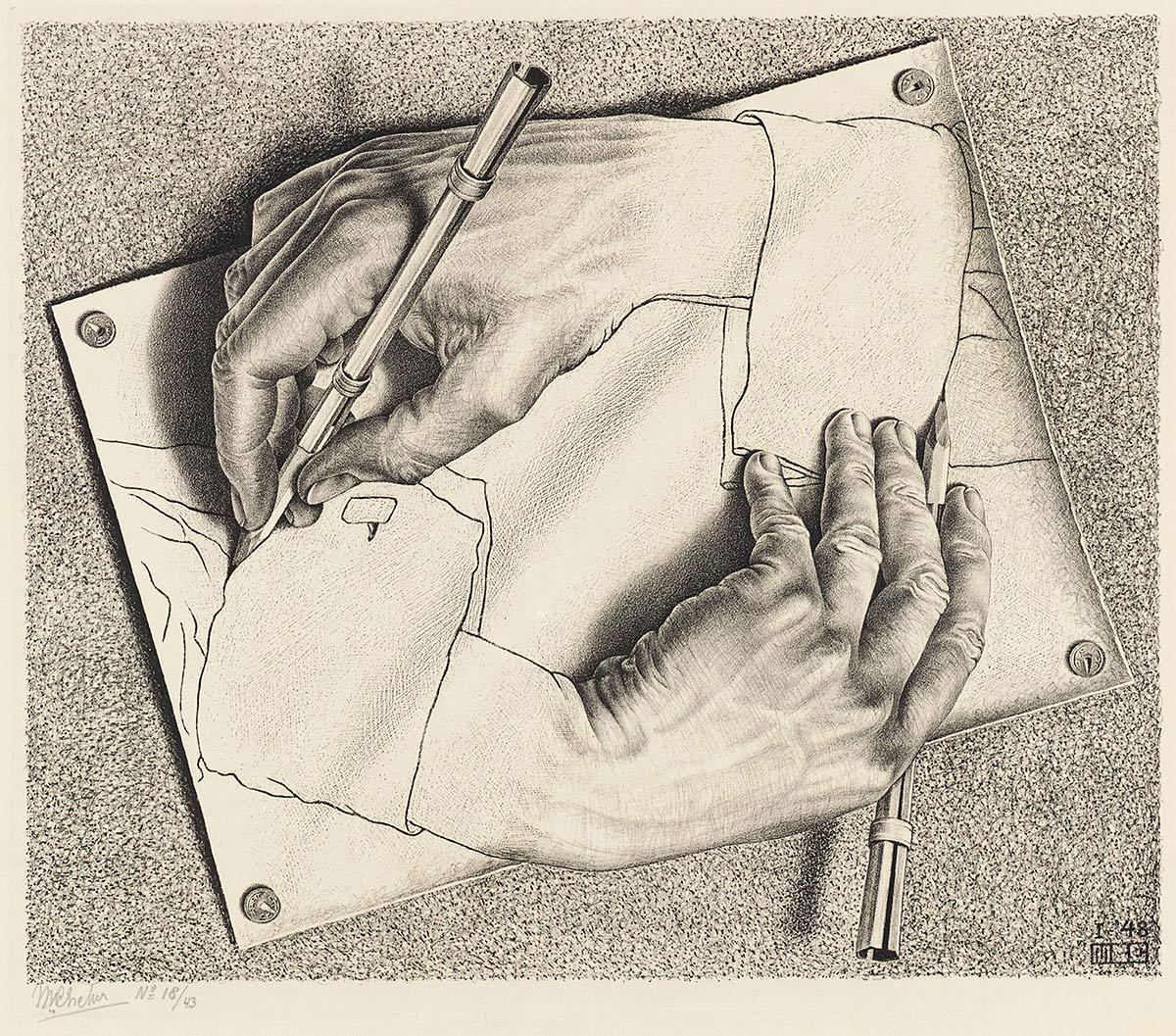
M.C. Escher, Drawing Hands, lithograph, January 1948. In this lithograph, he uses his right hand as a model, drawn with his preferred left hand. He depicts the right hand twice, once as he had drawn it in a study and once mirrored. However, because a lithograph is the mirror image of the drawing on the lithographic stone, the hands depicted are actually two left hands.
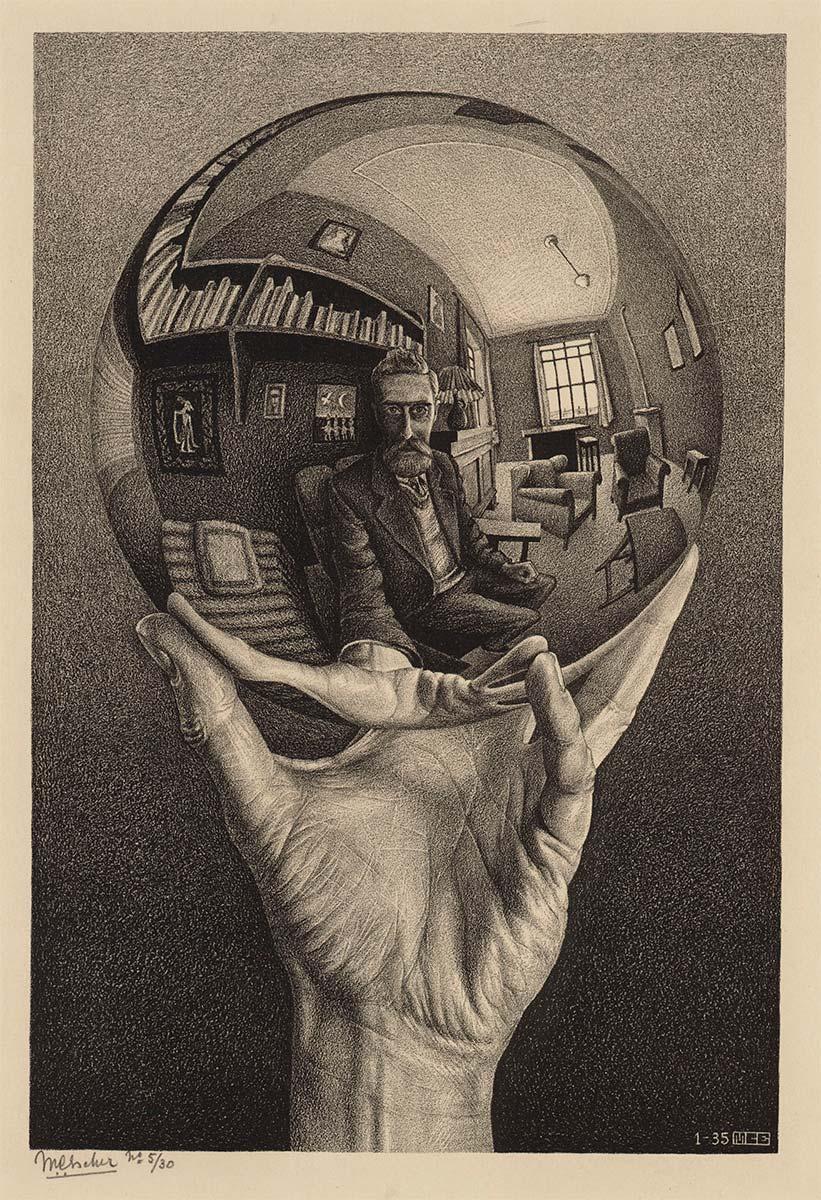
Escher had thus become double-handed, but for his profession as a graphic artist (who always has to deal with both image and mirror image) this later proved to be of great value. He modelled himself in this respect on his teacher, Samuel Jessurun de Mesquita, who also learnt to become ambidextrous. In his lithographs Hand with Reflecting Sphere and Drawing Hands two repeated hands can be seen—in the first the repetition being created by mirroring, in the second the hands drawing each other. In a sense, Escher is visually representing his double-handedness in these works, even if that is not his intention.

M.C. Escher, preliminary study for Drawing Hands, pencil on paper, February 1948. Escher created to studies of his right hand, drawn with his left one. This is the second version. His hand is turned outwards, which is unnatural. You wouldn't do this normally. For the lithograph he mirrored it to create the 'circle' of two hands drawing each other.
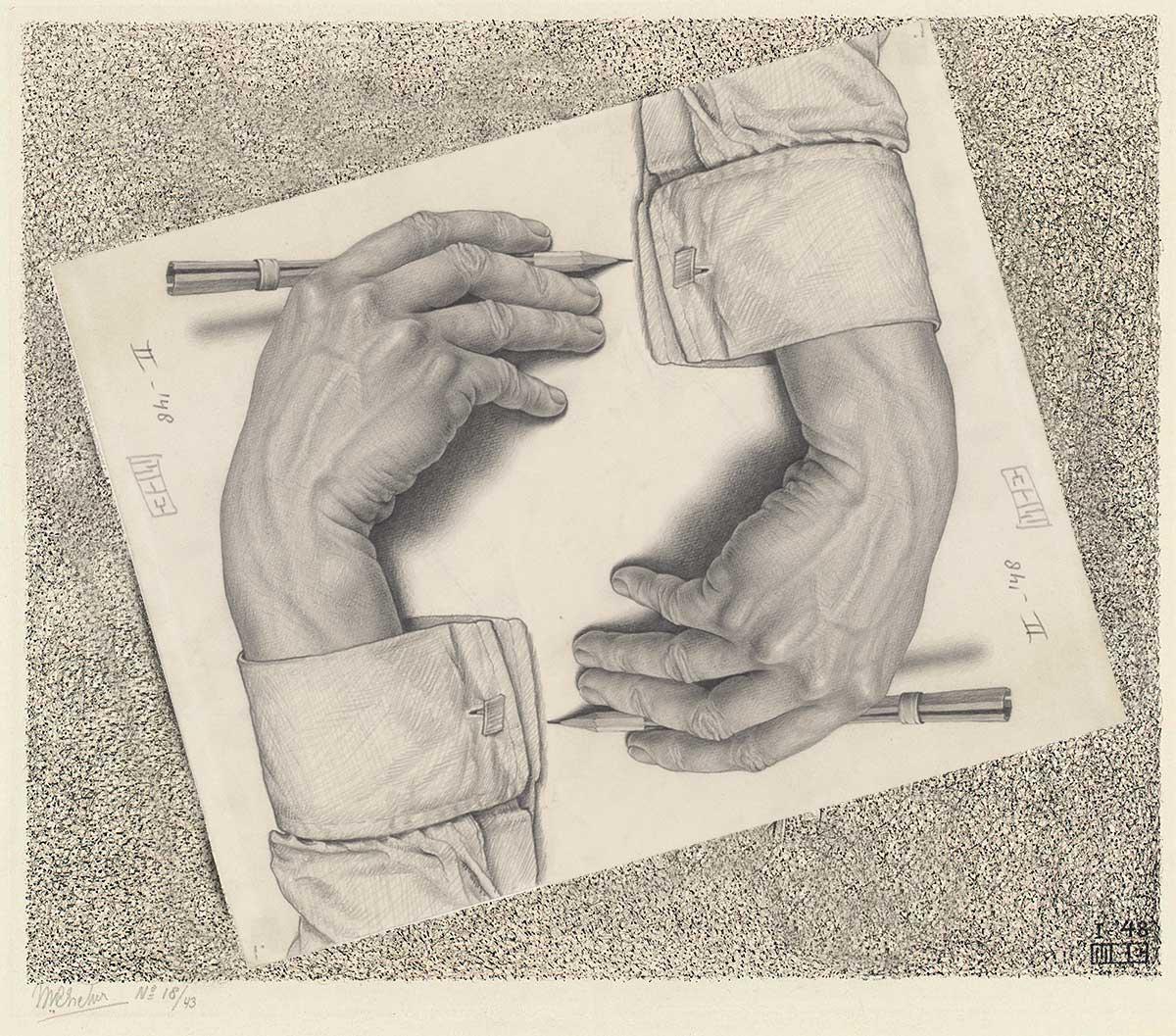
In 1953, Escher produced an extensive excerpt from a dissertation by A. van Straaten on left-handedness (published in Leiden in 1950). Van Straaten did not pay any attention to artists in it. A big oversight, Escher thought. In particular, he had wanted to know much more about the ‘black and white image artists’, the graphic artists to which he himself also belonged. He resolved to undertake that research himself and to this end he single-handedly drew up a ‘left-handedness survey among draftsmen and graphic artists’, featuring questions such as:
'Aside from with the left hand, can you also draw, engrave and cut with the right one effortlessly (e.g. a human profile rotated to the left with the right hand just as easily as a profile rotated to the right with the left)?’
Ultimately nothing came of the survey, but the plan in itself is a striking illustration of his fascination.
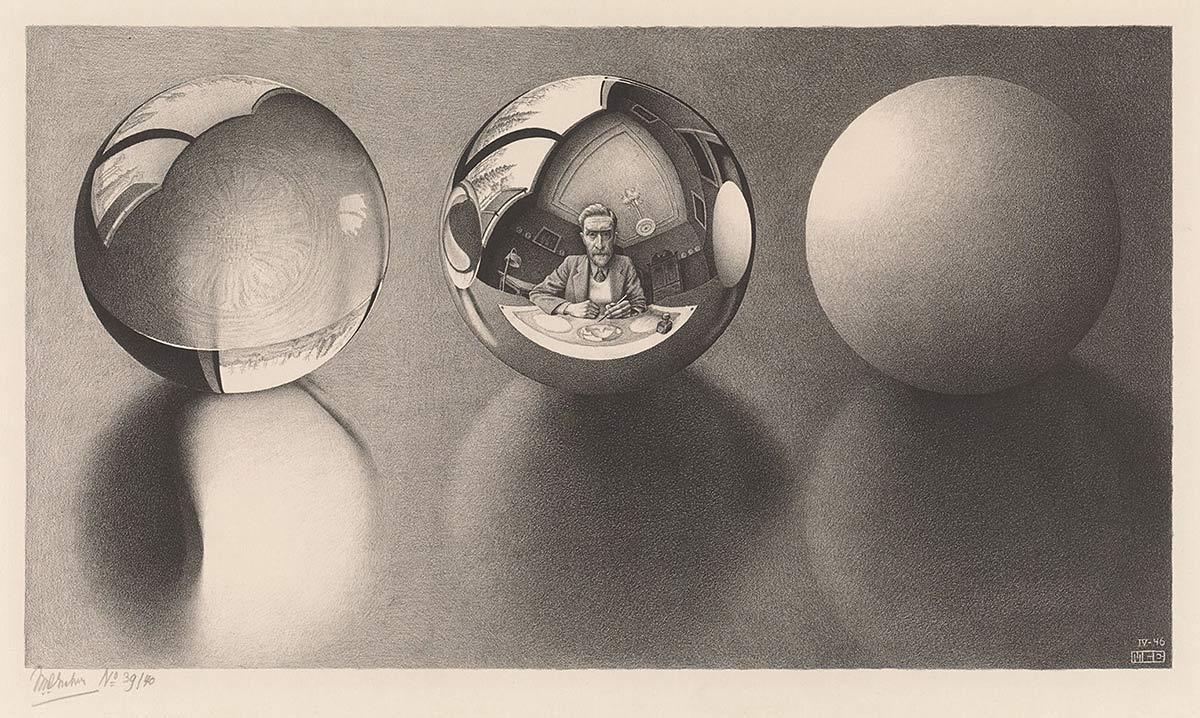
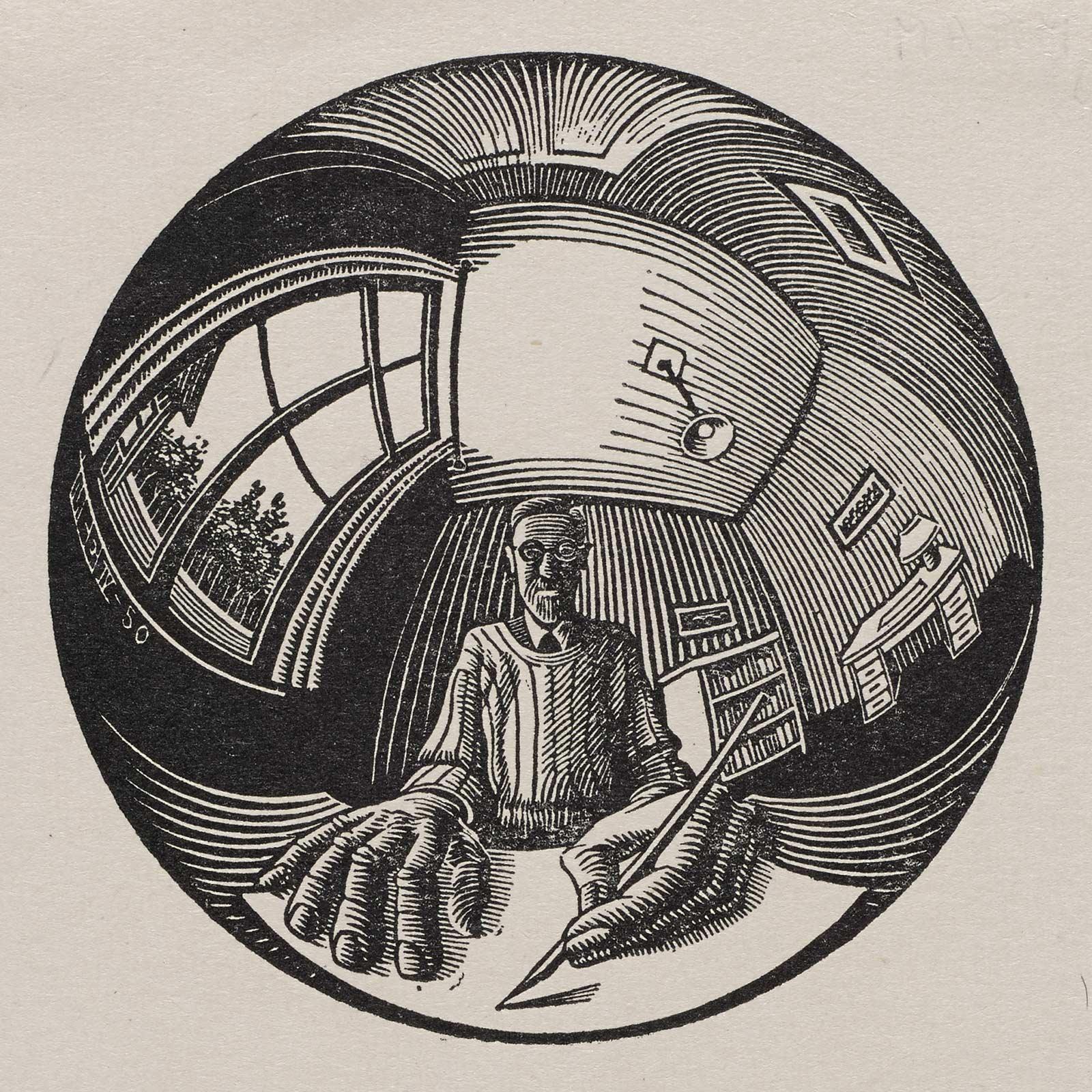
Source
[*] M.C. Escher, His Life and Complete Graphic Work, edited by J.L. Locher, Abradale Press, 1982, page. 68
More Escher today

